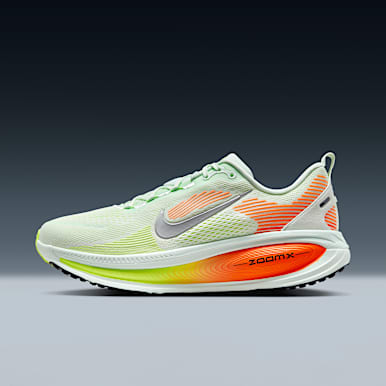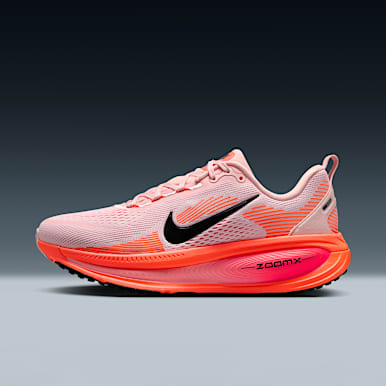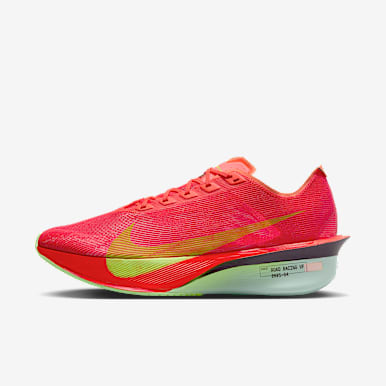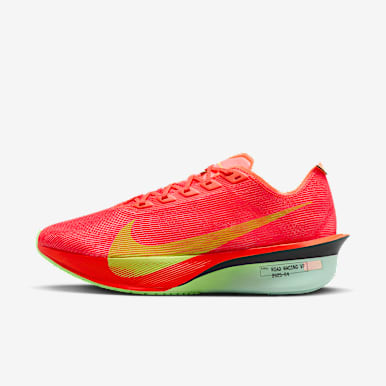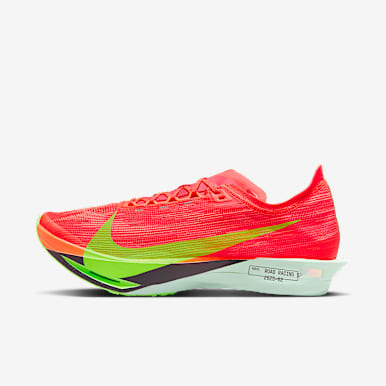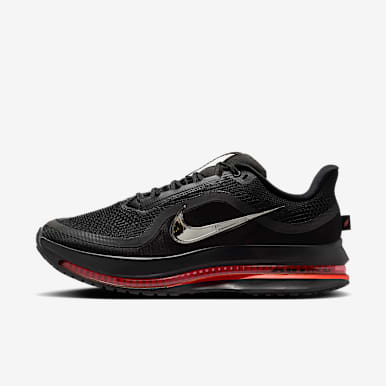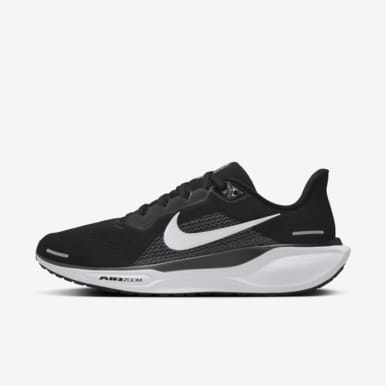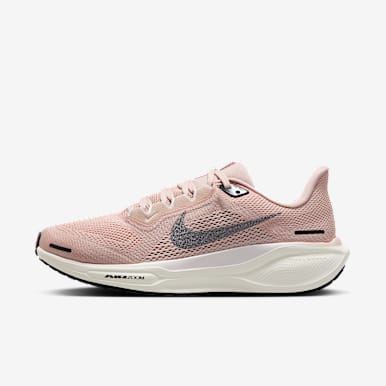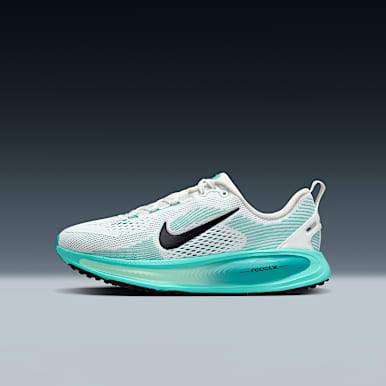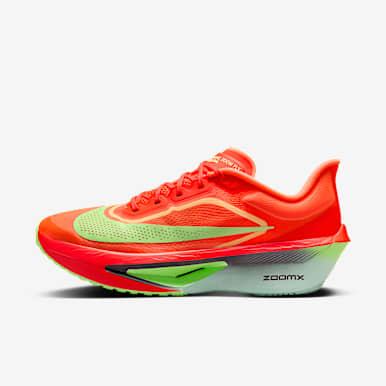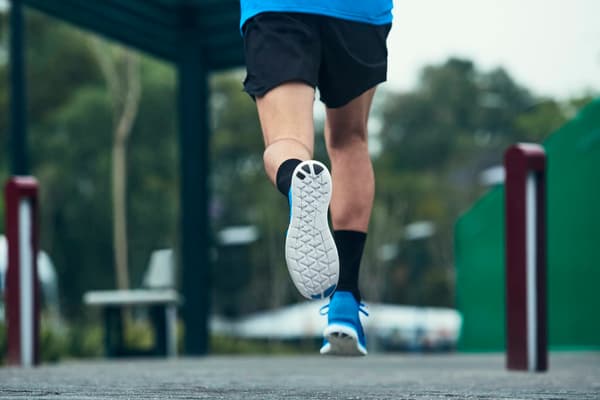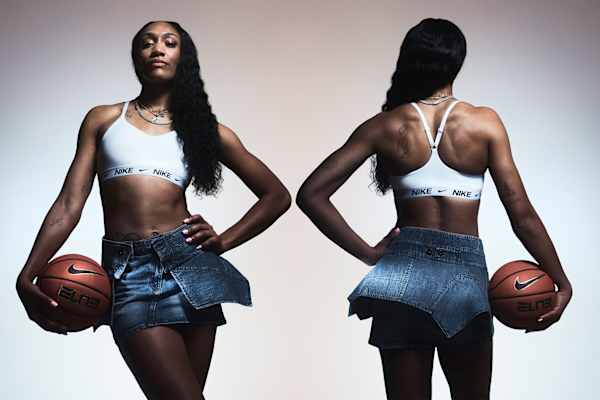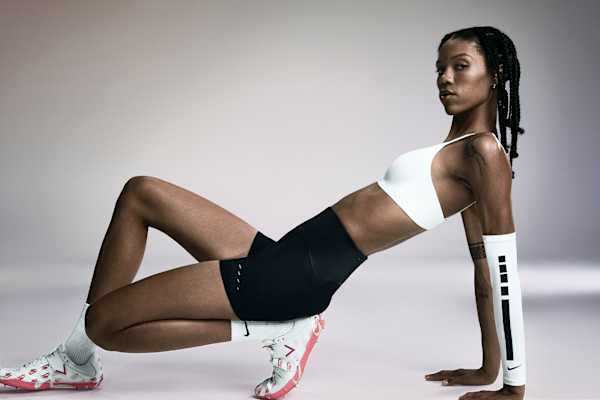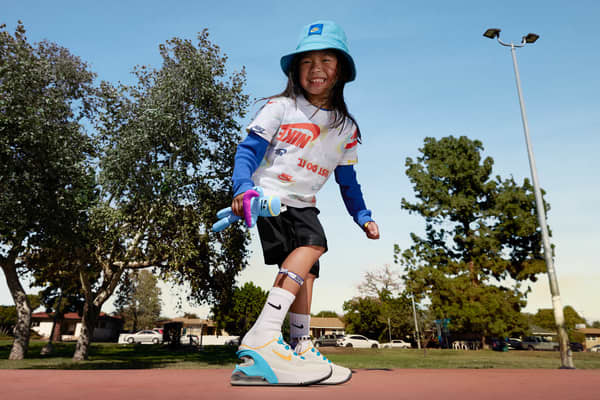Find the Perfect Pair of Narrow-Feet Shoes
Buying Guide
While you can modify shoes to fit your feet, finding the best shoes for narrow feet reduces your risk of injury and lets you get the most out of your training.

If you find that your feet often slide side to side in shoes, you may have narrow feet. But finding narrow-feet shoes can present a challenge. Shoe widths can be confusing, and there are different types of narrow feet.
For example, you might have feet that are narrow from the heel to the ball of the foot, or you may just have a narrow heel. And each type of narrow feet requires a different type of shoe.
While it's possible to modify standard-width shoes to accommodate your individual foot structure, finding the best shoes for narrow feet reduces your risk of injury and lets you get the most out of your athletic endeavours.
How to Find the Best Shoes for Narrow Feet
1.Start with a Narrow-Width Shoe
Some shoes are specifically designed for narrow feet. Narrow shoes are typically just over half a centimetre narrower than standard shoes and over a centimetre narrower than wide shoes, but it can vary by brand and type of shoe.
For instance, at Nike, narrow shoes are usually about 1 centimetre (or about 1/3 inch) narrower than standard-width shoes. But the way the shoe is labelled also varies, so identifying the correct size can be tricky.
For example, the standard-width shoe in women's shoes is generally a B width. So, if you wear a size 7 and your foot is average in width, you'd buy a size 7B. But sometimes, that shoe is labelled 7M ("medium" width).
For men's shoes, the standard width is a D, and B is narrow. So if you wear a men's size 10 and you have an average-width foot, you'd buy a size 10D. But in women's shoes, a D is a wide-width shoe.
To add to the confusion, some women's shoes are made in an extra-narrow width, typically labelled as AA or 2A, up to AAAA or 4A. And narrow shoes are sometimes called slim shoes or skinny shoes. If you're unsure about the width of a shoe, check with a salesperson at your shoe shop.2.Look for Snug-Fit Features
You may find that some shoes are not explicitly labelled as narrow width, but they have a narrow fit. In other words, the shoe is a B (women's shoe) or D (men's shoe), but it has features that make it suitable for narrow feet.
For instance, shoes like Nike Flyknit give runners with narrow feet the snug fit they need to feel stable and supported mile after mile. The shoes have a Flyknit upper to hug the feet like a breathable, supportive sock that contours to your foot. But that stretchy upper is also woven with enough static properties for structure and durability.
Laces are another key feature that can provide a snug, narrow fit. For example, Nike Flywire cables help create a secure, locked-down feel as you tighten the shoelaces.3.Find Styles That Run Narrow
When it comes to running, training and sport, you may want to try shoe styles that naturally offer a narrower fit.
For instance, many of the Nike Free shoes offer internal webbing to distribute pressure around your midfoot and give a comfortable yet locked-in feel during sudden stops and quick cuts.
Even if you're looking for casual shoes or boots, you may find that styles with a shallower toe box, tapered heel, higher arch or outsole that narrows at the arch fit a narrow foot better.4.Think Outside Your Usual Shoes
You may also want to consider shoes you wouldn't normally wear. If you usually wear men's shoes, try a women's shoe instead.
The standard width for women is equivalent to a men's narrow width, and sometimes the heel of women's shoes is also slightly narrower. Just add 1.5 shoe sizes to your usual men's size to determine what size to try in women's. For example, if you wear a men's size 9, try a women's size 10.5.
And shoes with the ability to customise (such as the Nike Air Pegasus and Nike Air Infinity), give you the style you want with the fit you need.5.Add an Insole or Socks
If you can't find a shoe you want in a narrow width, another option is to add an insole to provide a more secure fit. This generally works better in shoes that lace up, as using an insole may position your foot higher in the shoe and you'll need to be able to adjust the laces.
Find an insole that provides the appropriate level of arch support and cushioning. Placing it in your shoe may help to reduce slipping or sliding and reduce overall friction.
Another option is to wear a thicker sock. While this may not work for everyone, the sock takes up extra space on the sides of your foot and can help prevent unnecessary movement.

How Do I Know if I Have Narrow Feet?
The simplest way to tell if you have narrow feet is to try on shoes and evaluate how they feel. For instance, if you're buying shoes that lace up, you might find that you have to tighten the laces so much that the panels touch or overlap.
Ask yourself: Do you see or feel extra room along the sides of your feet? Next, try stepping side to side and see if your feet feel stable and secure. If you notice your foot sliding sideways, you probably have narrow feet.
There's also a more accurate way to measure your shoe size. Visit a shoe shop where a salesperson is likely to use a Brannock device to measure both the width and length of your foot. Or you can use a smartphone app (like the one from Nike) that scans your foot, maps your foot structure and gives you results in seconds.
Getting detailed and personalised information about your foot structure can be especially helpful if you have a narrow heel. People with a foot that's entirely narrow can buy narrow-width shoes. But those with just a narrow heel need to buy a shoe that accommodates the widest part of the foot, then adjust as needed.
If you have a narrow heel, the Institute for Preventive Foot Health recommends that you customise your shoes by doing the following:
- Use a heel insert, pad or orthotic to help reduce the volume in the heel area.
- Wear socks with padding in the heel that can serve as a space filler.
- Add a pad to the tongue of the shoe to force the foot to the rear of the shoe.
- Select shoes with laces, then use the extra eyelets to cinch the shoes closer to the ankle. You can have extra eyelets added to your shoes, but many styles, like several of the Air Zoom, React Infinity and Nike Pegasus running shoes, already have them.
Why Buy Narrow-Width Shoes?
A July 2018 study in the Journal of Foot and Ankle Research suggested that only about a third of people wear shoes that fit correctly. And when shoes don't fit properly, you put yourself at risk of foot problems, including friction, pain, calluses, corns and blisters.
Simple activities like walking, running or climbing stairs can become risky. Without proper stability and support, it becomes easier to twist an ankle or trip—especially during vigorous activity or when participating in sports that involve quick directional changes.
While it might require more work to find the right narrow-width shoe for your feet, the payoff is substantial. Take the time to get your foot measured, then try on several pairs before deciding on the best one. And if the fit isn't right, return them (yep, even after you try them out).
